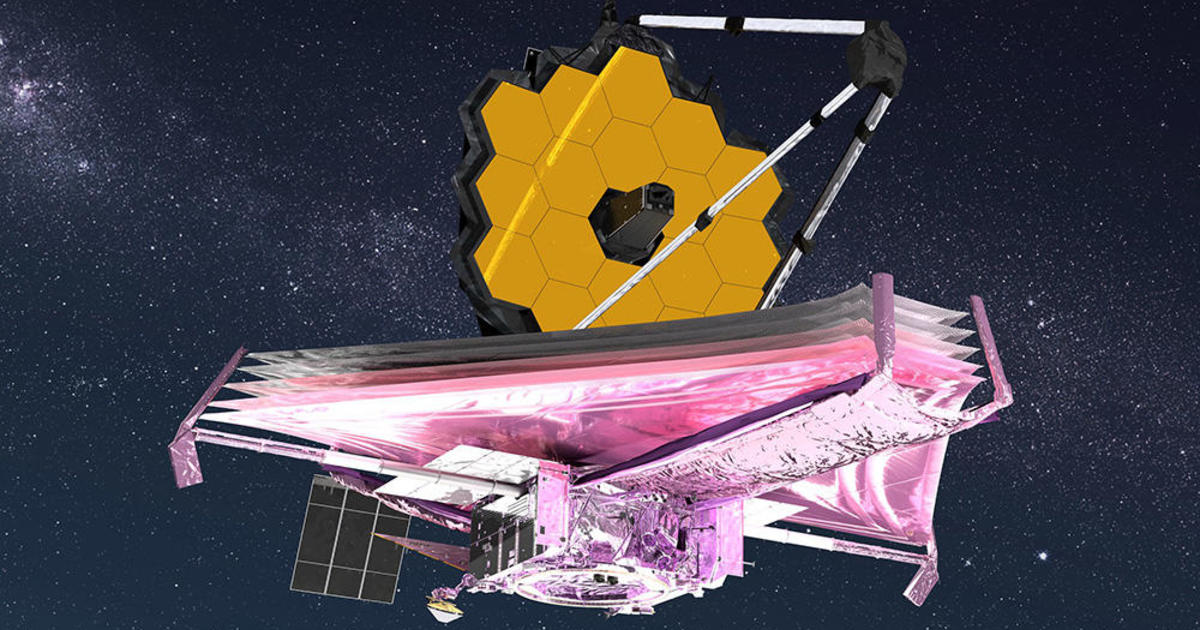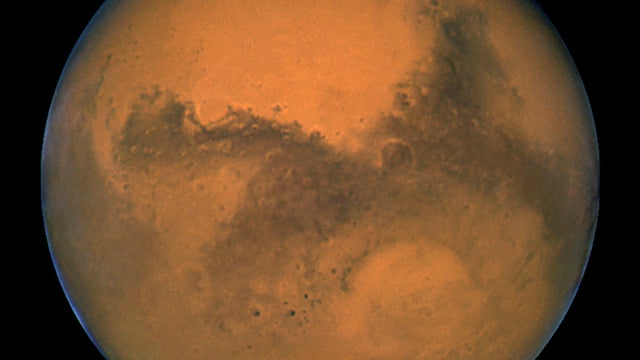

No response returned

President Biden will unveil the first color image from the James Webb Space Telescope at the White House on Monday, heralding the end of tests and checkout and the beginning of science operations by the world's most powerful space observatory.
"We're going to give humanity a new view of the cosmos, and it's a view that we've never seen before," NASA Administrator Bill Nelson, who will join Biden at the White House, told reporters in a preview briefing.
"One of those images ... is the deepest image of our universe that has ever been taken," he said. "And we're only beginning to understand what Webb can and will do."
NASA plans to release additional "first light" images Tuesday, photos designed to show off Webb's ability to capture light from the first generation of stars and galaxies; to chart the details of stellar evolution, from starbirth to death by supernova; and to study the chemical composition of exoplanet atmospheres.
For the past 30 years, the Hubble Space Telescope has become one of the most in astronomical history, helping astronomers pin down the age of the universe, confirming the presence of supermassive black holes, capturing the deepest views of the cosmos ever collected and providing fly-by class images of planets in Earth's solar system.
But Webb, operating at just a few degrees above absolute zero behind a tennis-court size sunshade, promises to push the boundaries of human knowledge even deeper with a 21.3-foot-wide segmented primary mirror capable of detecting the faint, stretched-out infrared light from the era when stars began "turning on" in the wake of the Big Bang.
, Webb is stationed in a nearly 1 million miles from Earth. For the past six months, engineers and scientists have been working through a complex series of deployments, activations and checkouts, fine tuning the telescope's focus and optimizing the performance of its four science instruments.
The initial images released Monday and Tuesday, selected by an international team of astronomers, will "demonstrate to the world that Webb is, in fact, ready for science, and that it produces excellent and spectacular results," said Klaus Pontoppidan, Webb project scientist at the Space Telescope Science Institute.
"And it's also to highlight the breadth, the sheer breadth of science that can be done with Webb and to highlight all of the four science instruments," he added. "And last but not least, to celebrate the beginning of normal science operations."
The targets for Webb's first public images include:
"The first images will include observations that span the range of Webb science themes," said Pontoppidan. "From the early universe, the deepest infrared view of the cosmos to date. We will also see an example of how galaxies interact and grow, and how these cataclysmic collisions between galaxies drive the process of star formation.
"We'll see a couple of examples from the life cycle of stars, starting from the birth of stars, where Webb can reveal new, young stars emerging from their natal cloud of gas and dust, to the death of stars, like a dying star seeding the galaxy with new elements and new dust that may one day become part of new planetary systems."
Last but not least, he said, the team will show off the first chemical fingerprints from the atmosphere of an exoplanet.
One of the Hubble Space Telescope's most astonishing images was its initial "" look at a tiny patch of seemingly empty sky over a 10-day period in 1995. To the amazement of professionals and the public alike, that long-exposure image revealed more than 3,000 galaxies of every shape, size and age, some of them the oldest, most distant ever seen.
Subsequent Hubble deep fields pushed even farther back in time, detecting the faint light of galaxies that were shining within about 500 million years of the Big Bang. How stars formed and got organized so quickly into galactic structures is still a mystery, as is the development of the supermassive black holes at their cores.
Webb's four instruments are expected to push the boundaries still closer to the beginning of galaxy formation. A test image from the telescope's Canadian-built Fine Guidance Sensor, an image that wasn't optimized for the detection of extremely faint objects, nonetheless revealed thousands of galaxies.
Webb's look at SMACS 0723 is expected to demonstrate the enormous reach of the observatory.
"This is really only the beginning, we're only scratching the surface," Pontoppidan said. "We have in the first images, a few days worth of observations. Looking forward, we have many years of observation, so we can only imagine what that will be."





